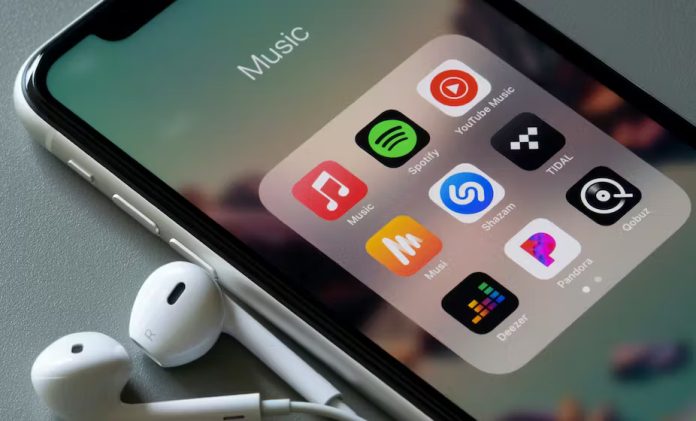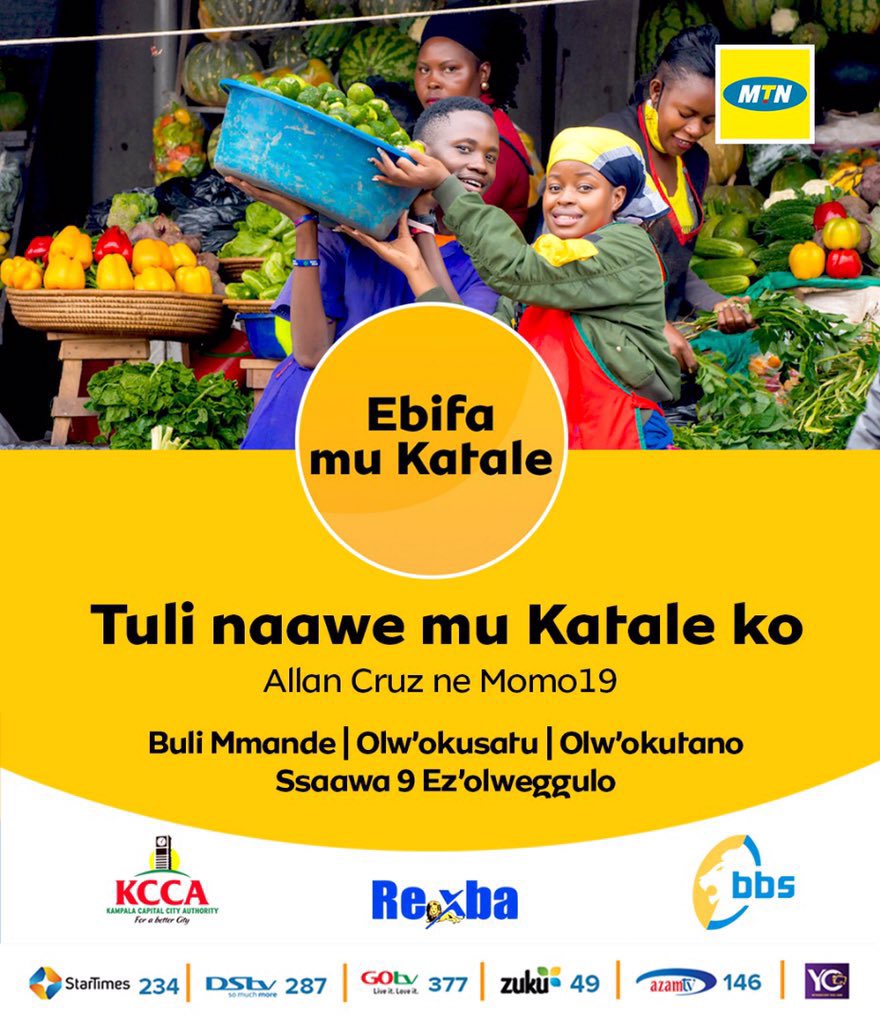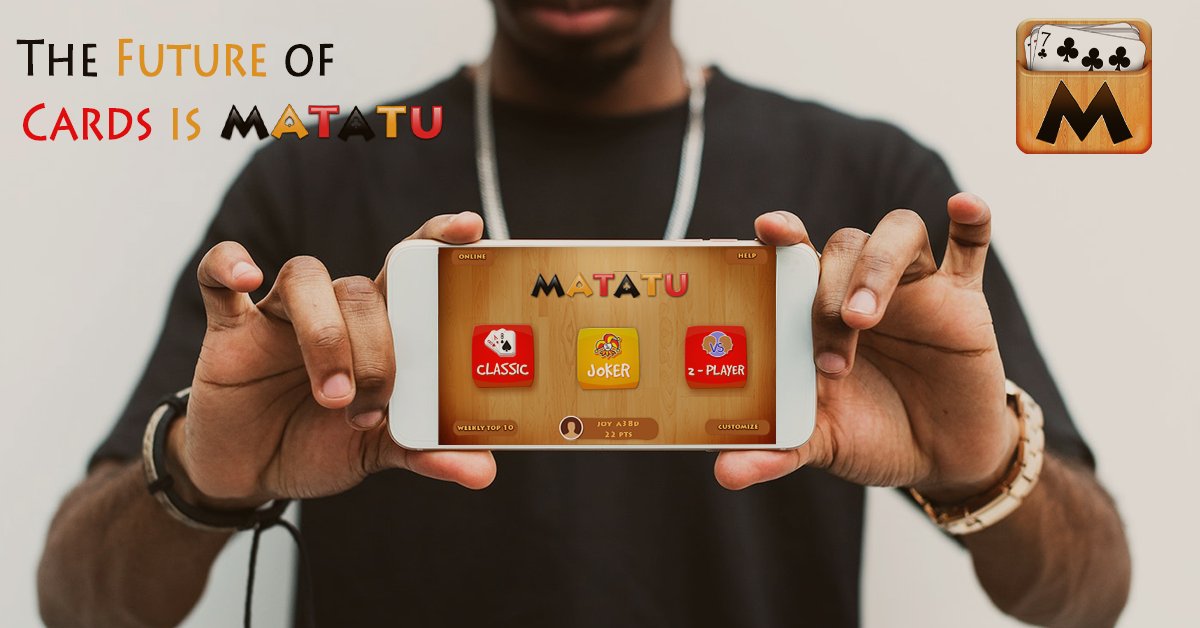A Digital Streaming Platform is an online entertainment source for TV shows, music, and all other kinds of entertainment. These systems have been designed and developed to make entertainment easy to access, easy to store, and easy to sell. Some of these platforms include Netflix for movies, Spotify for music (my personal go-to), and Apple Music for IOS users.
These digital streaming platforms are designed in such a way that anyone anywhere in the world can access and enjoy the same content with the help of mobile data or connect to the internet and service charge/ subscription fee that may be paid daily, monthly, and annually.
In Uganda, the reality on the ground is that the streaming culture is still very low and untapped. Will it get any better? Yes, it will given that there is a lot of room for more use and exploitation of this ‘mine’..
Many factors contribute to the poor streaming culture in Uganda and these range from political, social cultural to economic.
Uganda is a third-world country, and many citizens are either living below the poverty line or slightly above just to afford basic living. What does this mean? The common man is barely concerned about the existence or lack thereof of digital streaming platforms because this is a luxury they cannot afford, they are not in a position to afford a smartphone, smart TV, or laptop to access these platforms. Assuming one is able to save up and afford these gadgets, one is later hit with expensive internet data costs that are sadly unavoidable if these streaming platforms are to be accessed which in the long run discourages one from digital.
Let’s talk about ignorance and unawareness about streaming platforms in the country. For a very long time, there has been a traditional system followed to access entertainment in the country. This has been video libraries and Djs that sell movies and music at a certain cost per movie or song. The technology of DVDs and flash disks are still popular amongst the masses and introducing them to streaming platforms will be a slow and gradual process. The positive news is that the old sources are slowly being replaced by the small elite class who are both aware of the digital streaming platforms and can afford smartphones and the cost of the internet. However, in the larger section of the population especially outside key urban centers, this transition will take a while.
Economically, it’s a bit of a financial strain on the common man. Given that the better part of the population survives on hand to mouth, paying $3 and 8$ monthly is considered a big luxury compared to the daily demands that have to be met.
Is streaming here to make entertainment simpler or complicated?
Streaming is actually bigger than it looks because it is a system put in place to make accessibility easier and at the same time give content creators more power over their content. Compared to the traditional system, Digital Streaming Platforms (DSPs) assist content owners and creators track the performance of their output in real-time. Numbers are attached to it hence helping them make future decisions based on real-time feedback.
DSPs do give back to content creators too in terms of streaming revenue and royalties for example Spotify pays $0.003 to $0.005 per song, and Apple Music pays between $0.007 and $0.01 per stream. I have personally passed by video libraries that will play one particular song from morning to evening and I wonder left to wonder how much money in streams that artist would have accumulated if a DSP was being used.
What can be done improve the streaming culture in the country?
Recently, I was scrolling through Twitter when I came across an article talking about a partnership between MTN Nigeria and Apple Music. Brilliant move because telecommunication companies have the coverage that DSPs would want to have in the future. This also doubles as a marketing strategy because it will extend awareness about the digital platform to potential new customers that were already using the telecommunication network.
The partnership kicked off on 14th April 2023 with an aim to make access to the digital platform easy. The highlight is the payment of the service using a customer’s airtime balance contrary to the past when one needed a visa/bank card to make such a payment. This payment system clears the threat most people have faced of putting their card details on the internet which can expose them to 419 scammers and hackers.
The partnership also comes with the first 6 months free upon subscription which will surely attract new customers to the platform and if impressed (which am sure they will) after the free run will continue on a monthly or annual subscription.
However, this is not the first partnership of sort in Africa. We’ve had the MTN Uganda and Tidal partnership that started in August 2018 and ended on the 31st of December 2022. This partnership helped Tidal tap into a new market and expand its customer base given that it is new to the market compared to its counterparts. 1 month free was given to new subscribers and payment of the service was made through mobile money. So did we see a similar Tidal partnership with MTN’s.
I believe easy payment systems will go a very long way to improve the streaming culture and if these partnerships can navigate data costs, that will be a huge plus. More systems that favor the lifestyle and means of the common man will surely attract more numbers to digital streaming platforms. The process may be slow and gradual but just like all previous technologies, people will end up adapting.
Article Guest contributed by Banad Odu, an all-around music enthusiast, playlist curator, and a deep love for all things technology. Give him a follow on Twitter.












